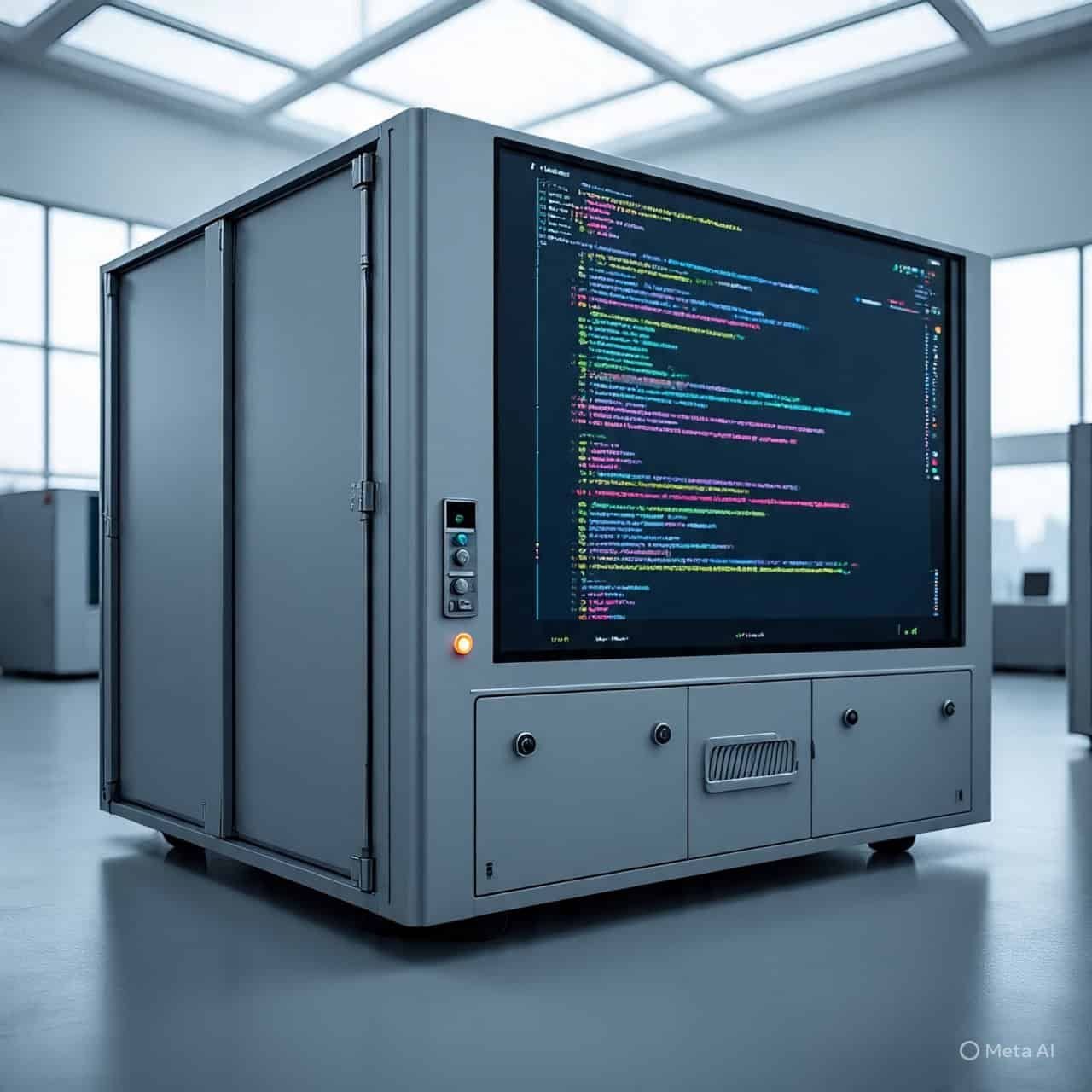The Consultancy’s Secret Weapon: How Devcontainers Stop Wasting Time & Money

Picture this if you work in a software consultancy.
One day, you dive into fixing a client’s outdated Java 8 monolith. The next day, you shift to building a fresh project running the latest Node.js alongside countless microservices. By the end of the week, you’re helping a teammate troubleshoot a Python data science task that demands a bunch of unfamiliar libraries. Sound familiar?
Your laptop feels like a delicate suitcase crammed with clashing runtimes, SDKs, and environment variables. The saying “it works on my machine” often feels like both a badge of pride and a constant source of annoyance. When starting a new project, you might lose an entire day—or even a week—just trying to make it build .
This isn’t just annoying; it cuts into your consultancy’s earnings. Every hour you spend wrestling with setup is an hour you aren’t doing paid work.
What if you could get rid of that waste ? Imagine switching between tricky projects in seconds or getting a new developer up and running in the time it takes to pour a coffee.
That’s no daydream. That’s what happens when you use Development Containers better known as devcontainers. They stand out as one of the most game-changing tools any modern consultancy can choose to adopt.
So, What Is a Devcontainer ?
Let’s break down the term. A devcontainer isn’t some fancy or brand-new software. Instead, it’s an open standard based on container tech like Docker. It lays out and runs your whole development setup.
Think of it as turning your development setup into code.
You write a straightforward config file called devcontainer.json and keep it in your project’s repo. This file acts as a guide telling your editor such as VS Code or JetBrains how to spin up an ideal, self-contained workspace for your project.
This guide outlines all the details:
- Which operating system to use such as a certain version of Ubuntu
- The language environments like
Node.js v18.17.1orJava 11 - Necessary system packages, including
build-essentialoropenssl - Tools you’ll need, like AWS CLI, Terraform, or kubectl
- The exact IDE extensions your team needs to use to handle formatting and linting
When a dev loads the project, their editor uses this file to create and link to a clean setup in just one step. Their terminal, debugger, and everything else now run within the container separate from their computer and other projects.
No More “It Works on My Machine” Excuses
Configuration drift ruins productivity. This happens when each developer’s setup turns into a unique environment because of minor unnoticed changes. This issue often leads to the frustrating “it works on my machine” problem.
Devcontainers eliminate this issue .
The devcontainer.json file acts as the single source of truth in your Git repository. When you alter the environment, like adding a dependency, you must update this file. That update gets committed, reviewed, and versioned just like every other piece of code.
All developers on the team always work in the same setup. The CI/CD pipeline also operates in the same kind of setup. What does this mean? It becomes simpler to recreate bugs, and a whole category of annoying and time-wasting errors disappears.
Get New Developers Started in Minutes Instead of Weeks
How much time does it take your consultancy to train a developer when starting a new project? If you track the time from “clone the repo” to “writing code ,” it often takes days or even longer. They end up struggling with outdated README instructions searching for dependencies, and asking teammates questions.
Devcontainers make getting started look like this:
- Run
git clone <repository_url>. - Use your IDE to open the folder.
- Hit “Reopen in Container.”
That’s all there is to it. The devcontainer.json file takes care of everything. It handles everything needed to set up the environment. It can install tools, run npm install, or even pip install. A new team member can start coding and contributing right from day one. This super-fast setup saves time and effort making things more flexible, improving resource use, and helping your bottom line.
Your Key Tool to Keep Security Tight and Ensure Long-Term Support
Devcontainers aren’t just about speed. They also provide two major advantages that are super important to consulting teams.
1. Use a Secure-by-Default Setup: Running development tools inside a container provides isolation from the main machine. If you install a harmful open-source package, its ability to cause harm stays limited to that temporary container. It cannot touch your local files or access your network. For consultants handling sensitive client projects, this isolation provides a straightforward yet effective safety measure.
2. Think of It Like a “Time Machine” for Old Code: Imagine a client needing a crucial update on a project you finished three years ago. How would you recreate the exact build environment from back then?
It’s simple. You grab the Git commit from three years ago. The devcontainer.json file in that commit acts as a precise recipe for recreating the original environment. You rebuild the container, and it’s like jumping straight back to the exact setup required to build and test the patch. This process transforms a risky search through old code into a straightforward engineering task reducing the risk in managing long-term support agreements.
Switching Over: Getting Started
Adopting devcontainers might feel like a process, but it all begins with taking that first step.
- Pick a Project to Start With: Decide on a project—new or old—and focus on setting up a devcontainer for it.
- Keep It Simple at First: Begin with a ready-made base image suited to your programming language, like
mcr.microsoft.com/devcontainers/typescript-node. Add anything extra your project needs later. - Automate Something Small: Try using the
postCreateCommandto handle tasks such as installing dependencies withnpm install. - Get Input from the Team: Let your whole team work with the devcontainer then ask for their thoughts on it.
Spending a few hours upfront pays off. Instead of getting stuck on annoying setup problems, you can put your energy into what you’re good at—creating awesome software for your clients. You’ll work faster, deliver better results, and keep things more secure. In the tough field of software consulting, this isn’t just helpful—it’s how you come out on top.










